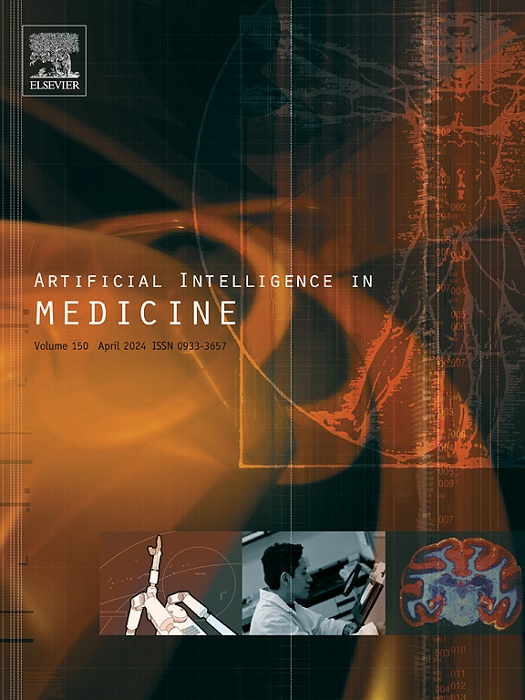BDFormer: Boundary-aware dual-decoder transformer for skin lesion segmentation
IF 6.1
2区 医学
Q1 COMPUTER SCIENCE, ARTIFICIAL INTELLIGENCE
引用次数: 0
Abstract
Segmenting skin lesions from dermatoscopic images is crucial for improving the quantitative analysis of skin cancer. However, automatic segmentation of skin lesions remains a challenging task due to the presence of unclear boundaries, artifacts, and obstacles such as hair and veins, all of which complicate the segmentation process. Transformers have demonstrated superior capabilities in capturing long-range dependencies through self-attention mechanisms and are gradually replacing CNNs in this domain. However, one of their primary limitations is the inability to effectively capture local details, which is crucial for handling unclear boundaries and significantly affects segmentation accuracy. To address this issue, we propose a novel boundary-aware dual-decoder transformer that employs a single encoder and dual-decoder framework for both skin lesion segmentation and dilated boundary segmentation. Within this model, we introduce a shifted window cross-attention block to build the dual-decoder structure and apply multi-task distillation to enable efficient interaction of inter-task information. Additionally, we propose a multi-scale aggregation strategy to refine the extracted features, ensuring optimal predictions. To further enhance boundary details, we incorporate a dilated boundary loss function, which expands the single-pixel boundary mask into planar information. We also introduce a task-wise consistency loss to promote consistency across tasks. Our method is evaluated on three datasets: ISIC2018, ISIC2017, and 2, yielding promising results with excellent performance compared to state-of-the-art models. The code is available at https://github.com/Yuxuan-Ye/BDFormer.
求助全文
约1分钟内获得全文
求助全文
来源期刊

Artificial Intelligence in Medicine
工程技术-工程:生物医学
CiteScore
15.00
自引率
2.70%
发文量
143
审稿时长
6.3 months
期刊介绍:
Artificial Intelligence in Medicine publishes original articles from a wide variety of interdisciplinary perspectives concerning the theory and practice of artificial intelligence (AI) in medicine, medically-oriented human biology, and health care.
Artificial intelligence in medicine may be characterized as the scientific discipline pertaining to research studies, projects, and applications that aim at supporting decision-based medical tasks through knowledge- and/or data-intensive computer-based solutions that ultimately support and improve the performance of a human care provider.
 求助内容:
求助内容: 应助结果提醒方式:
应助结果提醒方式:


